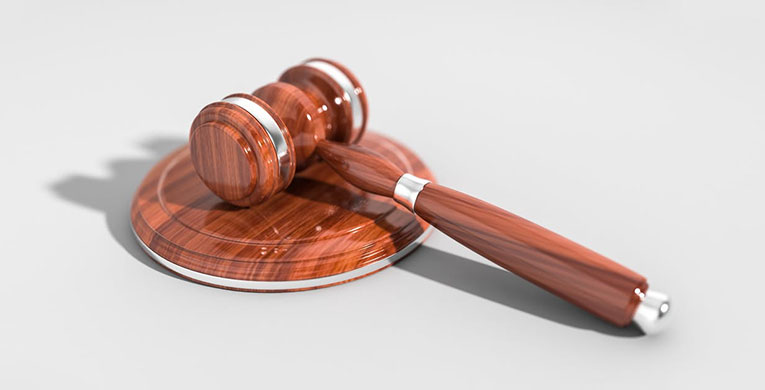The Purpose of Copyright Protection
Each and every day, creative people from all walks of life produce vast quantities of creative material, in the form of books, newspapers, magazines, websites and many other outlets. They write songs, plays, symphonies, television and movie scripts, or many other types of creative work. They may have designed a unique type of clothing or come up with a detailed and original business concept, or perhaps they designed an architectural masterpiece.
Based on the law of the United States and most other countries, anyone with a creative, unique and fully envisioned work deserves to decide how that creative work should be used, and no one else should have a say. Certainly, no one should be able to copy it and take credit later. That is the reason for copyright law, and why it is so important.
What is a Copyright?
A copyright is a legal device that serves to protect the creators of "original works of authorship" from those who might attempt to appropriate their work for their own gains. Copyright refers to the series of exclusive rights and protections granted by the law to the owner or owners of a work. If you want to make money with your work, copyright law says you, the owner, and you alone should decide how to do so and only you should be able to profit from the work. Likewise, if you do not want to make money from your work, that should be your decision alone.
The point of copyright is simple; it identifies the creator and/or owner of a unique and creative work and it gives notice to others that the owner of that copyright has the sole right to decide who gets to use the work for their own gain. When you have a copyright in a work, it belongs to you and you alone and anyone who tries to copy your work, or steal it for their own gains, is put on notice that you have legal right to the work and that the courts will protect you in cases of infringement.
Among the works that can be copyrighted by the owner or creators include works of a literary, musical, dramatic, architectural, cartographic, choreographic, pantomimic, pictorial, graphic, sculptural, and audiovisual nature. However, copyright protection does not extend to anything that is not unique and represent significant authorship. For example, copyright protection does not extend to ideas, procedures, processes, systems, titles, principles, discoveries, names, titles, short phrases, slogans, familiar symbols, or mere variations of typographic ornamentation, lettering, coloring, and lists.
What does a notice of copyright do?
Before 1989, it was necessary for a published work to be affixed with a copyright notice to be protected under copyright laws. However, since March 1, 1989, copyrightable works receive protection automatically. There is no longer a need for a copyright notice, although most experts recommend one anyway. By including a copyright notice, an infringer can't claim they didn't know. Just as importantly, if you include a copyright notice with your work, it serves to discourage those who might try to appropriate your work as their own.
Copyright fully protects your creative work from infringement, and the copyright in your work is automatic from the date of creation. That said, however, if anyone infringes on your copyright or challenges it in any way, you will have to prove your ownership of the work and the date your copyright became effective, in order to establish first rights of ownership. When you deposit your work into our secure system, you will establish a pristine copy of the original and establish a specific date of copyright. In other words, having a copyright is one thing, but at some point, you may have to prove it. That's how we help.

